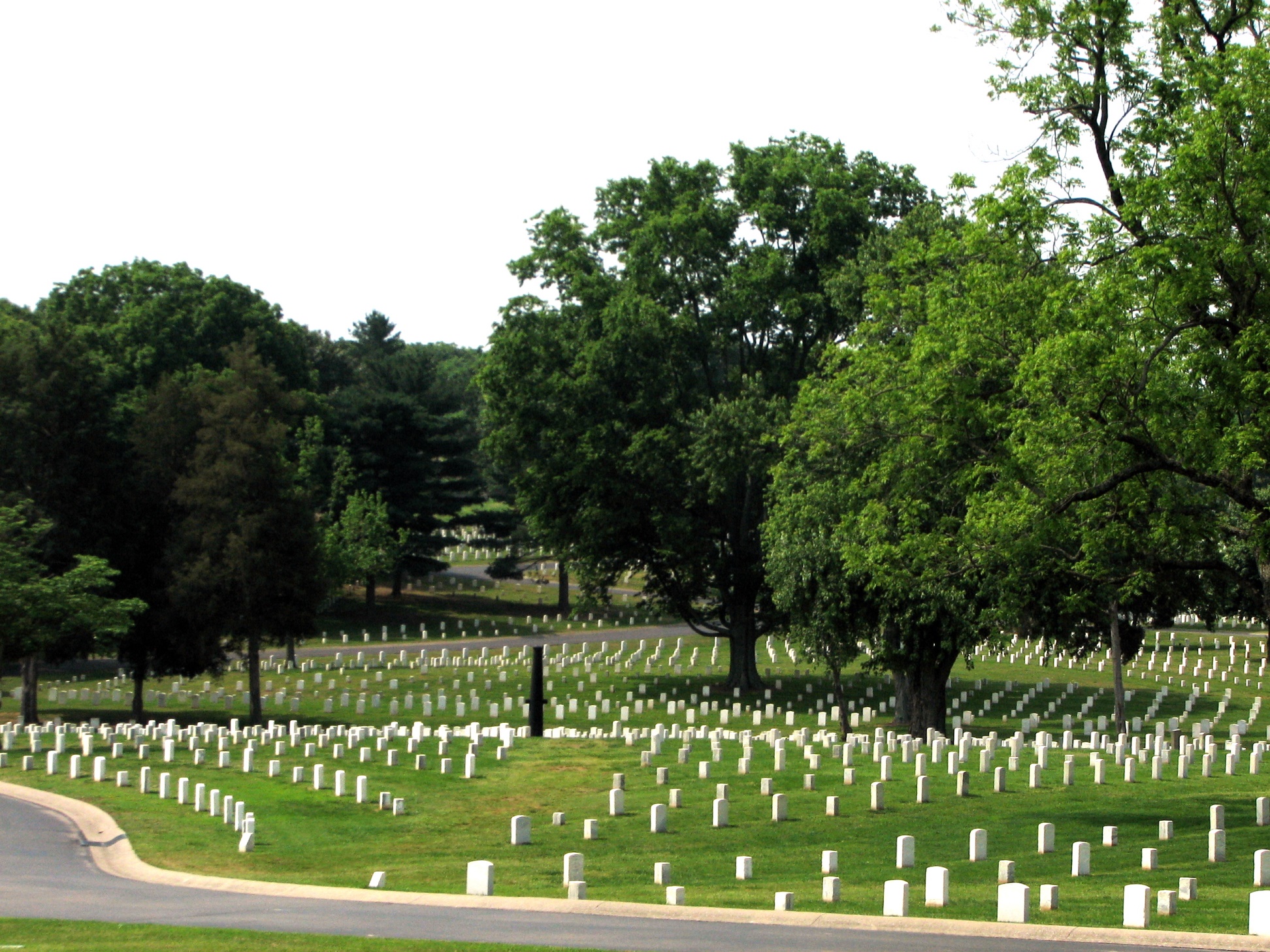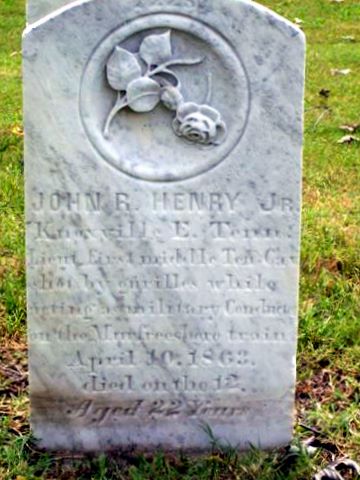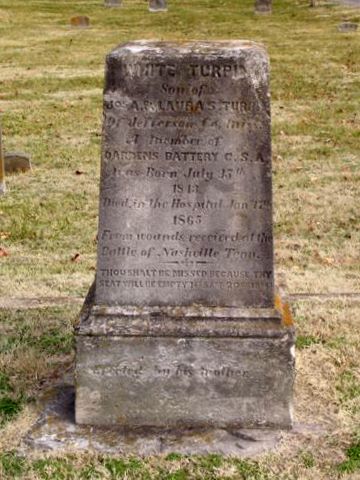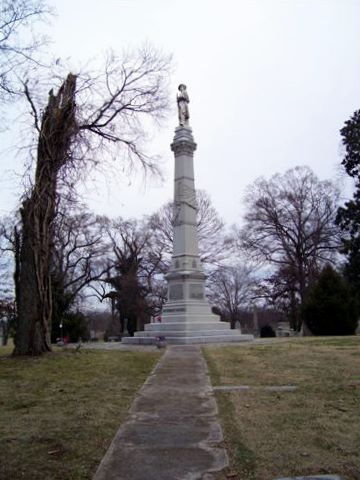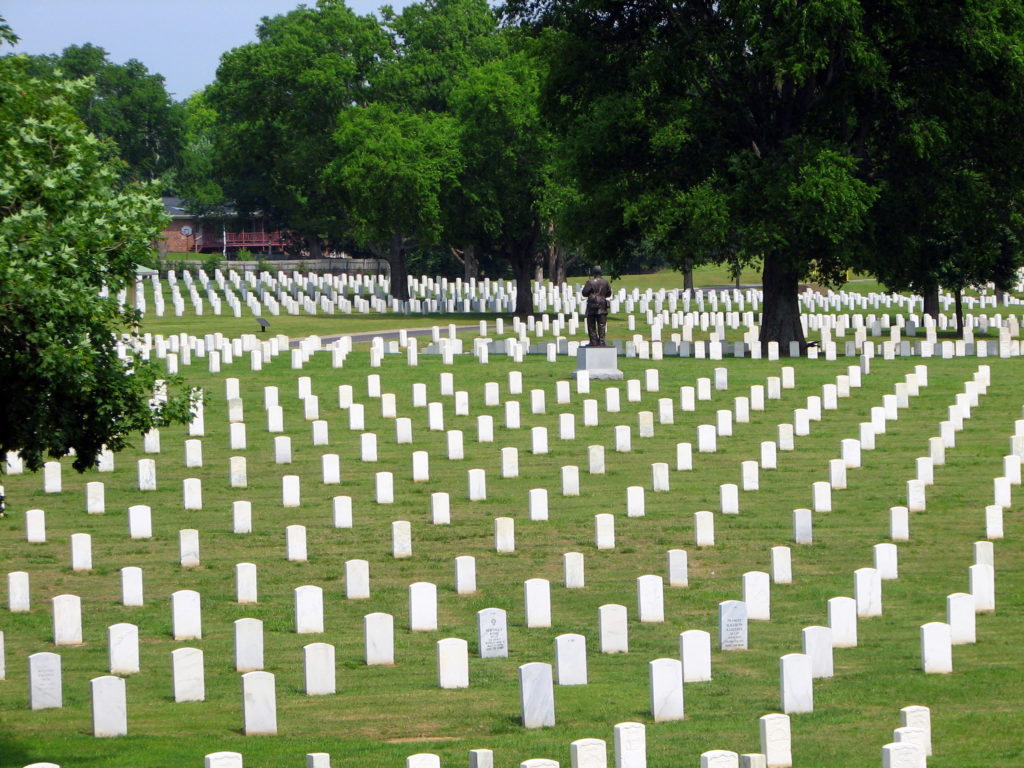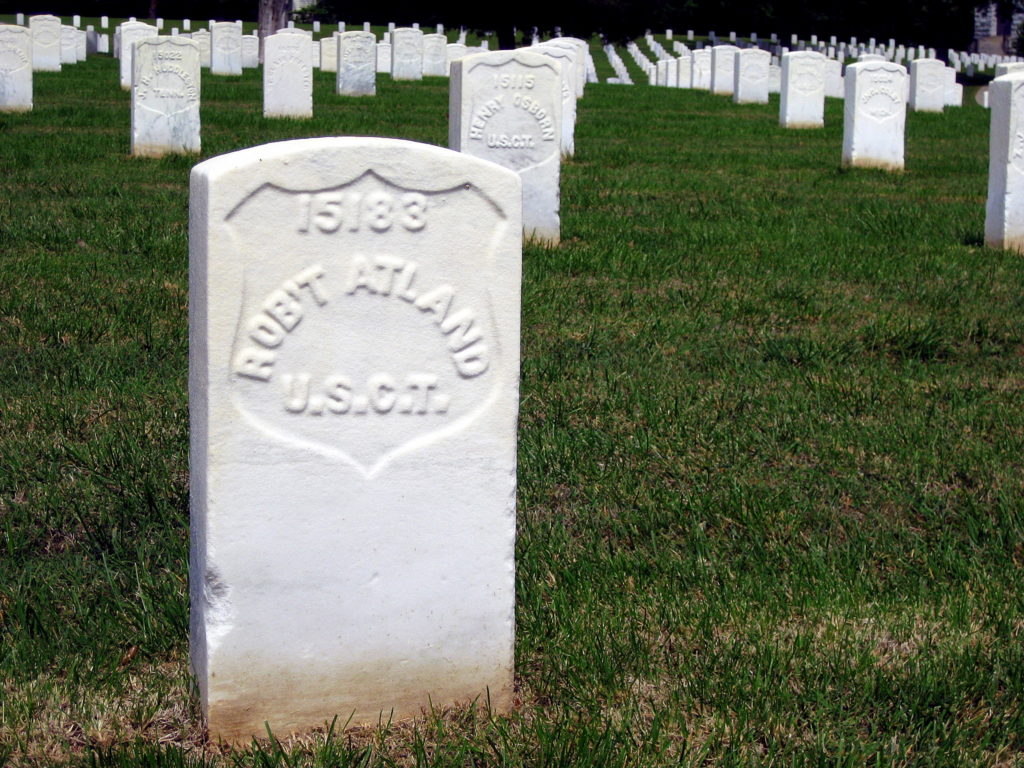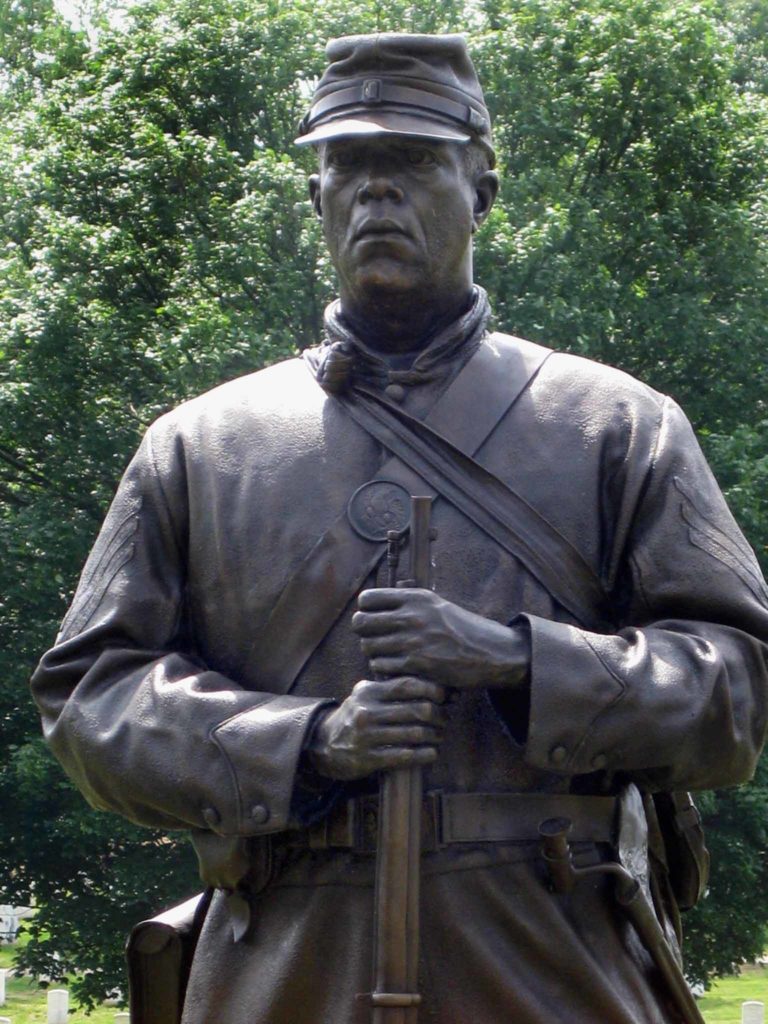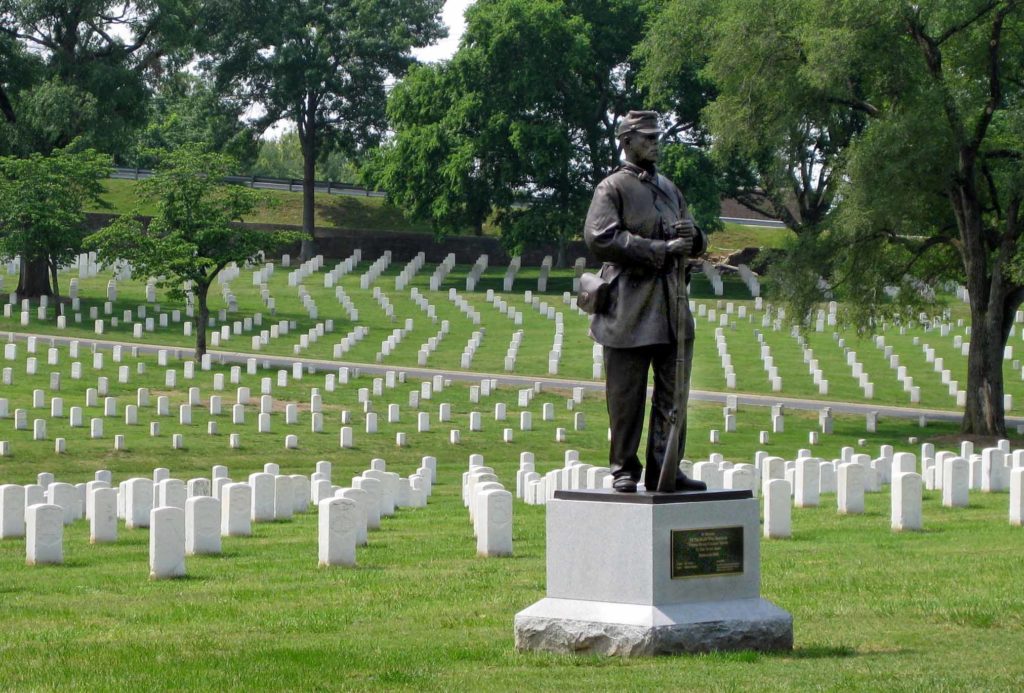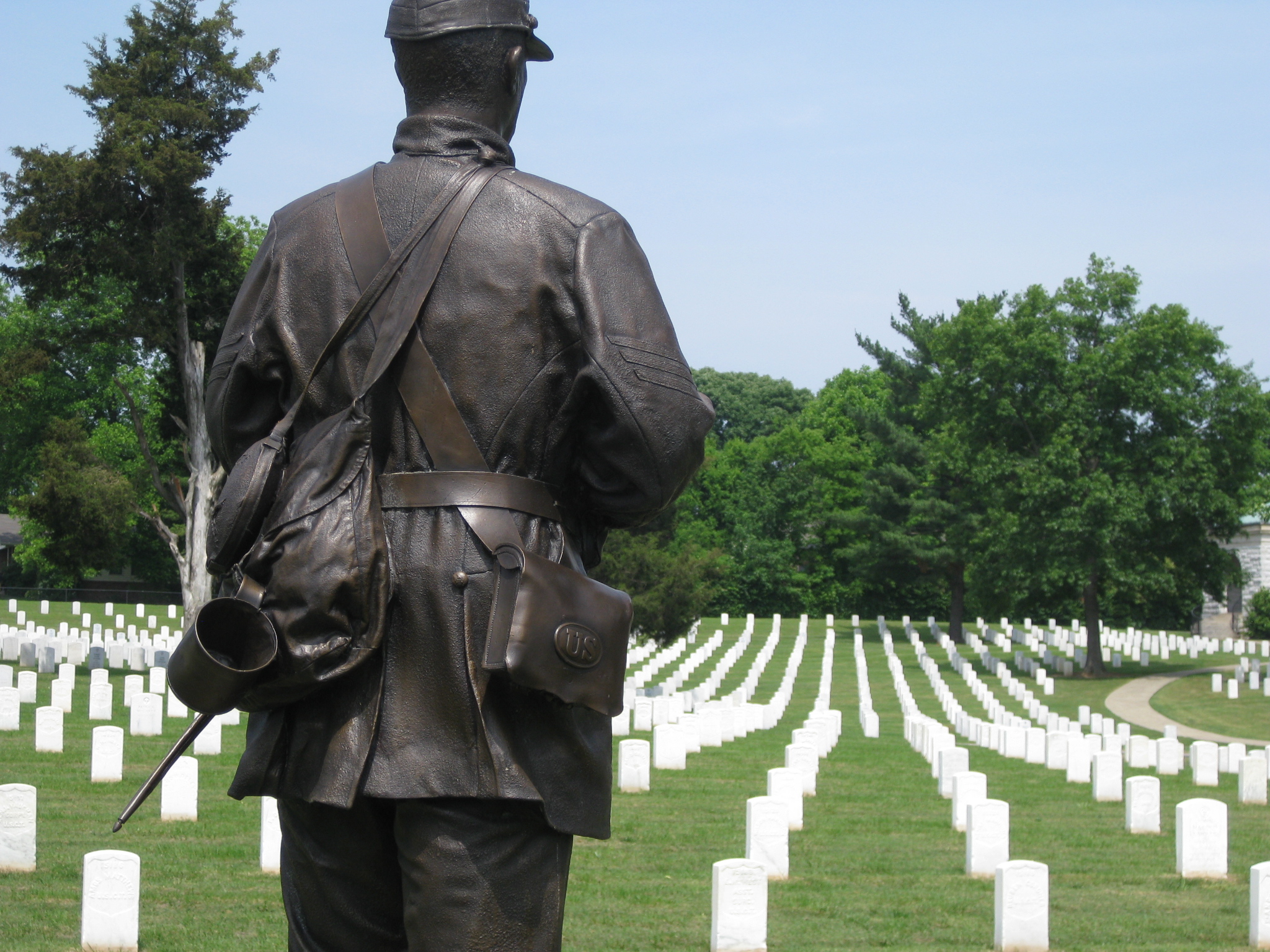Introduction: John Allyn is a Nashville attorney whose expertise in the area of Civil War burial research and data and his scholarly knowledge of the Battle of Nashville have led to his currently serving as president of the Nashville City Cemetery and as a director on the Board of BONT. John and his family live in a home which is only several hundred feet from the sites of Redoubts No. 2 and 3 near the corner of Hillsboro Pike and Woodmont Blvd., where dramatic fighting occurred in the late afternoon of December 15, 1864.
NASHVILLE CIVIL WAR BURIALS
By John Allyn
© John Allyn 2011
POINTERS AND RESEARCH LINKS
We get many requests from folks who are trying to get burial information on soldiers who were casualties at the Battle of Nashville or who died in or near Nashville at some time during the Civil War. Many of these we are able to answer through Internet resources. Below are some general pointers for those who are interested in doing their own research; I’m also providing some Nashville-specific suggestions that arise out of the fact that the city was a federal garrison town and a huge logistical base.
Civil War soldiers who were killed in battle were generally buried close to where they died. Sanitary issues dictated that they be buried as soon as possible. There were no graves registration units as there are today, and responsibility for burying the dead fell to the soldiers occupying the ground at the end of the battle. As might be imagined, this was not agreeable duty. Enemy dead were usually buried in mass graves with no effort whatsoever being made to identify those buried. Examples still extant and identifiable today are the Confederate burial trenches at Shiloh and at Logan’s Cross Roads.
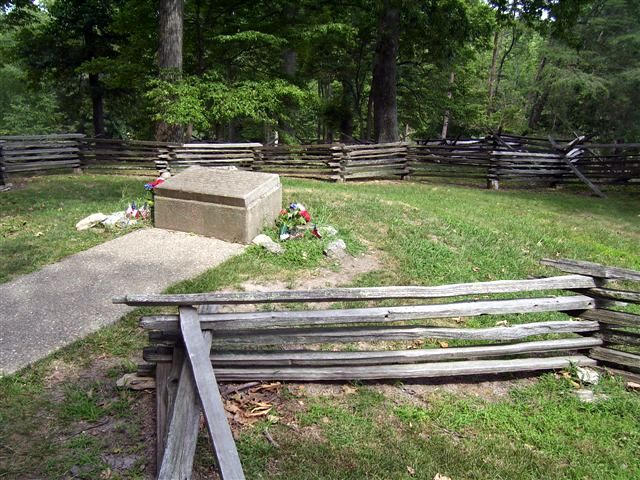
Approximately 120 Confederate soldiers from Tennessee, Mississippi, and Alabama who were killed at the Battle of Mill Springs are buried in this mass grave near Nancy, Kentucky
In some instances both sides moved on after the battle, and little effort was made even to bury the dead. For example, after Chickamauga the Federals retreated into Chattanooga and the Confederates were right behind them. The Federal dead remained unburied until after the Battle of Chattanooga when they were removed to Orchard Knob (this subsequently became the Chattanooga National Cemetery) in that city. Needless to say most of the remains were unknowns.
The army occupying the field after the battle was much more deferential with respect to burying its own dead. Federal regiments at Shiloh buried their dead by unit; there are special markers for these on the battlefield. In other instances soldiers were buried in private cemeteries. Lieutenant John R. Henry was one of those.
Henry was the son of a Knox County farmer who made his way to Kentucky in the fall of 1861. He enlisted in the 1st [East] Tennessee Cavalry (U. S.) where he was made a company first sergeant. During the winter of 1862 – 1863 he was promoted to lieutenant and nominally assigned to the 5th [1st Middle] Tennessee Cavalry (U. S.). He was detailed to the U. S. Military Railroads (a semi-independent adjunct to the Quartermaster Department) as a conductor on the line from Nashville to Murfreesboro.
On April 10, 1863 his train was derailed and attacked by a detachment from Morgan’s cavalry. He was mortally wounded either in the train wreck or the ensuing skirmish, and died in Nashville two days later. He was buried in a private plot in Nashville City Cemetery.
There is a rose on his tombstone which to the Victorians signified love, which suggests that he was married or at least betrothed. His remains and marker were removed to Nashville National Cemetery in 1867. The inscription on the headstone reads:
John R. Henry Jr.
Knoxville E. Tenn.
Lieut. First Middle Ten. Cav.
Shot by gurillas [sic] while
Acting as Military Conductor
On the Murfreesboro train
April 10, 1863
Died on the 12
Aged 22 years
At Nashville, a soldier serving in the XVI Army Corps on the federal right flank noted that the federal dead from the Shy’s Hill battle were buried in neat rows in a mass grave with on one side of the drive to the Bradford farm house. Some effort was made to identify the bodies. Confederate dead were unceremoniously buried in a mass grave on the other side of the drive.
In the years immediately following the war, both sides made efforts to reinter their dead. The Federal government was particularly concerned that Federal cemeteries in the South would be desecrated. This concern was not misplaced; in one instance Mississippians placed a horse racing track over a Federal cemetery. Thus the system of National Cemeteries came into being, the Nashville National Cemetery (located on Gallatin Pike) being established in 1867. Federal remains from an area running east from Johnsonville on the Tennessee River to Carthage on the Cumberland River, north to Cave City, Kentucky and south to a line perhaps halfway to Franklin and Murfreesboro were removed and reinterred in the National Cemetery.
There were three Federal cemeteries in Nashville. There was a smallpox cemetery (with 1,524 burials) in the general vicinity of the smallpox quarantine hospital. This cemetery was just north of Charlotte Pike around its intersection with 19th Avenue North; the modern Sonic Drive-In is downhill from the location.
City Cemetery still exists although it is closed for new interments. Records show that there were 3,021 Federal dead buried there. These would likely be burials from early in the Federal occupation of Nashville.
One known Battle of Nashville casualty is buried at City Cemetery: Sgt. White Turpin, Darden’s Mississippi Battery, Myrick’s Battalion, Stewart’s Corps, who died January 17, 1865 from burns received on December 15, 1864 when a Federal shell exploded a caisson in his battery. In November, 1866 his family removed his body from the U. S. Government Burial Ground to Section 24 of the Cemetery which is marked by this tombstone.
White Turpin’s tombstone at Nashville City CemeteryHis headstone reads:
WHITE TURPIN
Son of
Jos. A. & Laura S. Turpin
Of Jefferson Co., Miss.
A Member of
DARDEN’S BATTERY C. S. A.
Was Born July 15th
1843
Died in the Hospital Jan 17th
1865
From wounds received at the
Battle of Nashville Tenn.
THOU SHALT BE MISSED BECAUSE THY
SEAT WILL BE EMPTY 1ST SAML 20 CH 18VRS
Erected by his mother
As an interesting aside, White’s older sister Laura (the Turpins were firm believers in recycling first names) married a Louisianan, Ovide Lejeune. In 1867 they had a son, John Archer Lejeune, who after graduation from Annapolis pursued a career in the United States Marines, retiring as a Major General. He served as Commandant of the Marines from 1920 to 1929 and is considered the father of the modern Marine Corps.
Later burials – which would include casualties from the Battle of Nashville – were in a separate cemetery created and maintained by the Federal government. The U. S. Government Burial Ground (with 8,593 burials) extended south from the City Cemetery between Fourth Avenue South (Cherry Street) and the Nashville & Chattanooga Railroad (now CSX) to the former N & C depot (located roughly at the northwest corner of Fourth Avenue South and Chestnut Street) and possibly picked up again across Chestnut Street.
All the military burials in Nashville were handled by W. C. Cornelius, the official U. S. Government undertaker. He was a Nashville resident who had engaged in this profession before the war; indeed, he was also the official Confederate Government undertaker prior to the Federal capture of the city in February, 1862. He maintained very meticulous records which are part of the National Archives. The Tennessee State Library and Archives has transcribed microfilms for the records from November, 1864 to September, 1866 and they can be accessed here. The Library has recently received microfilms containing records for burials from February, 1862 to November, 1864 and these should be online in a year or two. BONPS has converted Cornelius’ records into an Excel spreadsheet to make research easier; to obtain a copy, contact John Allyn . The transcribed records include records of Federal soldiers who died of their wounds in Nashville hospitals following the battle. They also include Federals killed during the Battle of Nashville who were buried on the battlefield; it appears that they were disinterred from their battlefield graves and reinterred at the Burial Ground in the late winter and early spring of 1865.
These remains were removed once again in 1867 and 1868 to the Nashville National Cemetery. Burial records from the National Cemetery can be accessed here.
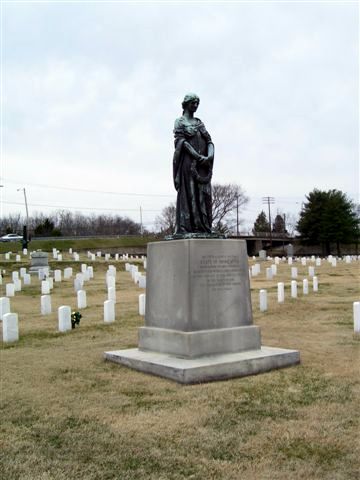
The Minnesota monument at Nashville National Cemetery, erected in 1920. Minnesota sustained more casualties in the Battle of Nashville than in any other Civil War engagement
The records include not only Federal burials but also the burials of wounded Confederate prisoners of war who died in Nashville hospitals. Confederate prisoners who were buried after November, 1864 are included in Cornelius’ records. In addition, a list of all Confederate burials from 1862 on was published in the November 2, 1865 edition of the Nashville Union (see also here and here) which also included the hospital in which they died. Confederate prisoners were generally treated at Hospital No. 1, which consisted of a converted church and a former gun factory at the current intersection of Third Avenue South (formerly College Street) and the westbound I-265 on ramp. Again, BONPS has correlated these lists with Cornelius’ records and converted this to an Excel spreadsheet to make research easier; again contact John Allyn to obtain a copy.
The Confederates buried in City Cemetery and the Burial Ground along with those buried on the Nashville battlefields were removed in 1868 to Confederate Circle at Mt. Olivet Cemetery on Lebanon Pike in Nashville. This was done under the direction of the Ladies Memorial Society of Nashville. There are approximately 1,500 Confederates buried at Confederate Circle, most of whom are unknowns. Soldiers whose identities were known were provided with markers at (ironically) Federal government expense. In 1889 a large monument was erected honoring these soldiers.
BONT receives many requests from people seeking information on burials from other Middle Tennessee battlefields. Federal dead from Stones River and Franklin are buried at Stones River National Cemetery. Another source for Stone River burials can be found here. Confederate dead from Franklin are buried in the Confederate Cemetery at Carnton. If you have a question about Nashville Civil War burials, contact BONT board member John Allyn.
See the following additional websites and organizations to research Civil War burials and cemeteries in Middle Tennessee
Civil War Burials In Davidson County, Tennessee
From the Friends of Metropolitan Archives of Nashville and Davidson County, TN website:
“The purpose of this section of the Friends of Metro Archives website is to serve as a clearinghouse for information about Civil War soldiers buried in Nashville, Davidson County, Tennessee. Many of the soldiers were originally interred in Nashville’s City Cemetery. Later most Confederate soldiers were moved to Mt. Olivet. Union soldiers were reinterred at the Nashville National Cemetery. Sources include news articles, cemetery records and military records, including a log book of United States Army undertaker, W. R. Cornelius. Records of burials in Mt. Olivet Cemetery compiled by Florence Redelsheimer were invaluable to this effort. We welcome documentation of any Civil War Soldier, Confederate or Union, buried in Nashville. (At present we are researching Mt. Olivet Cemetery.)”
Tennessee State Library & Archives begins “Burial Sheets” data base
From microfilm sent by the National Archives, the “Burial Sheets” for 15,569 Federal soldiers buried in Tennessee, Kentucky, Mississippi & Alabama are being entered in a data base at Tennessee State Library and Archives (TSLA). Of that number, 3,021 were buried at Nashville City Cemetery and 8,692 were buried in two “U.S. Burial Grounds” which were located “Due West City Cemetery” and “Southwest City Cemetery.” The rest (up to the number 15,569) were in graveyards in Tennessee and in the other three states.
The removals from the original grave sites to the reburials in the Nashville National Cemetery took place between October 1867 and January 1868. In the “Burial Sheets” referenced above, there will be soldiers listed who were wounded in Murfreesboro and brought to Nashville hospitals where they died. More Funds are needed to continue the “Burial Sheet” data base project. This is being funded through TSLA Friends so that donations are tax deductible.
Other Middle Tennessee Civil War Burial sources:
Confederate Soldiers Home Cemetery
Five hundred Confederate veterans are buried at this cemetery located on The Hermitage grounds. Listings and photos created by the SCV Col. Randal McGavock Camp.
The McGavock Confederate Cemetery is located in Franklin, Tennessee. The cemetery’s interment records are not on line but a record book is maintained at the cemetery.
Other important sites:
Davidson County Cemetery Survey
Find A Grave, Mount Olivet Cemetery
Nashville National Cemetery
Visitation:
1420 Gallatin Road South, Madison, TN 37115
(615) 860-0086
Office hours: M-F 8-4:30
Gates open for visitation during daylight hours
For more information, visit the cemetery website:
http://www.cem.va.gov/cems/nchp/nashville.asp
Burial Listings
On this website, there are 12,769 listings for Civil War-era soldiers (Union) buried at the National Cemetery, along with 4,131 unknown soldiers. The cemetery contains no Confederate interrments. For research, go to:
Nashville National Cemetery
History of the Cemetery
This hallowed ground was established as a U.S. Military Cemetery on Jan. 28, 1867. The Louisville & Nashville Railroad runs through the cemetery, dividing it into two nearly equal halves. The stone wall around the cemetery and the limestone archway at the front entrance were constructed in 1870. Among other outbuildings and structures, a speaker’s rostrum was completed in 1940.
Roll of Honor, No. XXII, dated July 31, 1869, submitted to Quartermaster General’s Office, U.S.A., Washington, D.C., recorded the graves of 16,485 Union soldiers interred in the national cemetery at Nashville, Tennessee and remains as a part of the cemetery’s historical records.
Originally there were 16,489 interments (burials) of known soldiers and employees: 38 were officers, 10,300 were white soldiers, 1,447 were African American soldiers, and 703 were employees.
Among the unknown, there were 3,098 white soldiers, 463 African American soldiers and 29 employees. The deceased had been gathered from an extensive region of Middle Tennessee and southern Kentucky. The number of distinct burial places from which these bodies were taken is 251.
A very large proportion of the dead in the cemetery, however, were transferred from the hospital burial grounds in and around the city of Nashville and from temporary burial grounds around general hospitals in Nashville and nearby battlefields of Franklin and Gallatin, Tenn. Reinternments were also made from Bowling Green and Cave City, Ky.
During the Civil War, if marked at all, wooden headboards with the names and identifying data painted thereon marked graves of those who died in general hospitals, on the battlefields, or as prisoners of war. Many of these headboards deteriorated through exposure to the elements. The result was that when the remains were later removed for burial to a national cemetery, identifications could not be established, and the gravesites were marked as unknown.
Notable Monuments and Markers
Statue dedicated in 2006 to the United States Colored Troops (USCT) who fought in the Civil War, including both days of The Battle of Nashville at Granbury’s Lunette and Peach Orchard Hill. Sculptor Roy W. Butler used William Radcliffe, a well-known Nashville Civil War reenactor of the 13th USCT, as a model for the statue.
Other Notables
-
- • One of the oldest private markers in the cemetery is a spire located in Section M, Grave 16234, which was dedicated to the memory of James A. Leonard of the 1st Kansas Battery. He was killed by guerillas on Jan. 23, 1864 and interred on Jan. 27, 1864.
- • In 1920, the State of Minnesota erected a monument in Section MM inscribed, “In memory of her soldiers here buried who lost their lives in the service of the United States in war for Preservation of the Union–AD 1861-1865.”
- • Chaplain Erastus M. Cravath, 101st Regiment Ohio Volunteer Infantry, was interred in Section MM, Grave 16694, in 1900. Chaplain Cravath was one of the founders of Fisk University in Nashville, and served for 25 years as its president.
- • Colonel James W. Lawless, 5th Kentucky Cavalry, was buried in Section MM, Grave 10662, on June 25, 1899. Col. Lawless was born in Ireland and came to the United States at the age of 16.
- • Colonel Edward S. Jones, Commander of the 3rd Pennsylvania Cavalry, was also the founder of the Department of Tennessee and Georgia Grand Army of the Republic and served as Commander for many years. He was interred in Section MM, Grave 16520, in Nov. 1866.
.
